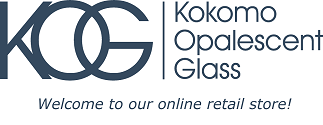HISTORY
Kokomo Opalescent Glass is one of the world’s leading manufacturers of art glass, with worldwide distribution and a strong commitment to research, education and promoting the rich heritage and long standing tradition of American glass art.
Founded in 1888, KOG is the oldest producer of hand cast, cathedral and opalescent glass in the United States. Proudly based in Kokomo, Indiana, KOG is known worldwide for our high-quality, hand mixed sheet glass. KOG is the leader in the development of opalescent glass from the time of its origin, and has hundreds of color recipes, documented color combinations and numerous textures and densities.
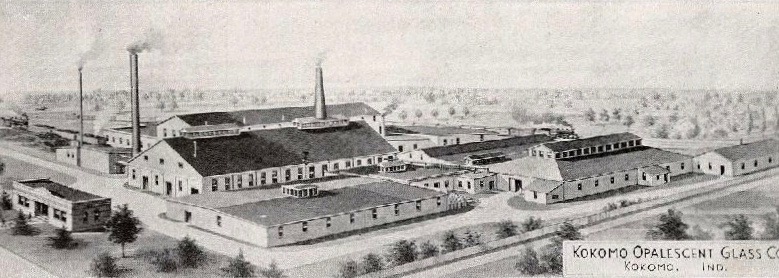
THE GAS BOOM
On October 6, 1886, in a corn field about one mile northwest of our location, a group of spectators drilling a well discovered natural gas at around the depth of 900 feet. A twenty foot flame lit up the dark sky that night. Within a week several gas companies were formed and by the end of 1887. The Indiana Natural Gas Company, one of the larger of these companies, had over 23,000 acres leased and 475 gas producing wells. News of the significant discovery traveled quickly all over the country. It was thought, incorrectly, that the gas would last for 200 to 300 years, so many entrepreneurs and developers came to the Kokomo area.
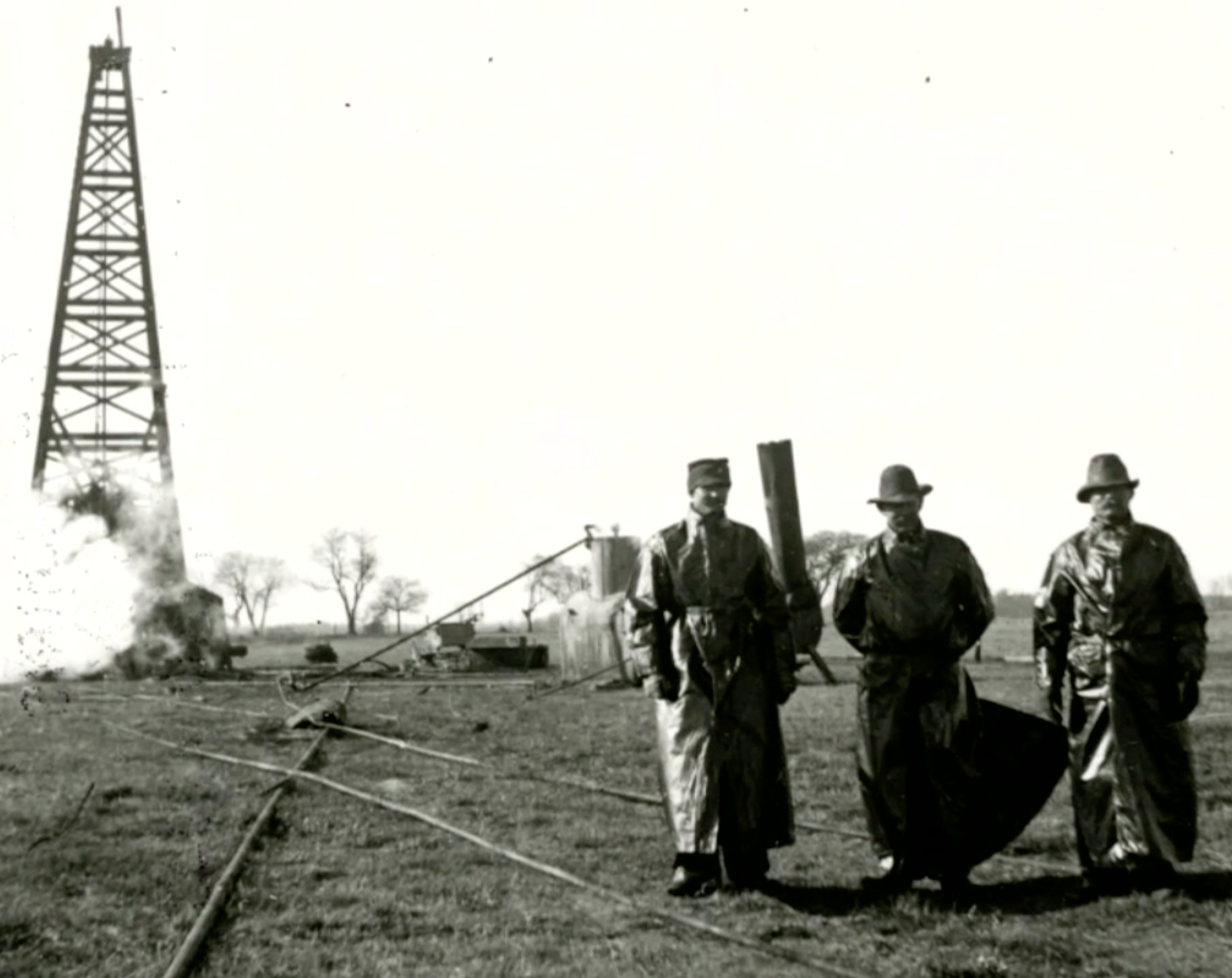

EARLY HISTORY
Charles Edward Henry was born in Paris, France in 1846 and he immigrated to the United States in the early 1880’s. He was an expert glass chemist and he formed the Henry Art Glass in New Rochelle, New York in 1883. Henry Art Glass made glass buttons, novelties, and opalescent glass rods. While producing these products, Henry met many glass artists in the New York area including, the world renowned glass artist Louis Comfort Tiffany. Henry heard about the gas boom in Central Indiana and stopped by Kokomo while returning from a business trip to Chicago. On April 27, 1888, the same day he arrived in Kokomo, he met with officials about establishing a glass factory. He made an agreement with local officials to provided him with a factory site and free natural gas.
Production started at Opalescent Glass Works' new factory on November 13, 1888. The primary product was sheet glass and electric insulators, that were made for Edison General Electric. On November 16, 1888, one of the first shipments of sheet glass went to Tiffany. The shipment included 600 pounds of blue and white opalescent glass, which was the beginning of a strong relationship with the artist.

By early 1889, Opalescent Glass Works had over fifty employees and was the only opalescent glass manufacturer west of the Appalachian Mountains. Henry sent thirty sheets of opalescent glass to Paris, France to display at 1889 Exposition Universelle. On the journey, sixteen sheets were broken, but the remaining fourteen that arrived were sufficient enough for him to win a gold metal, and orders for his glass began to pour in.
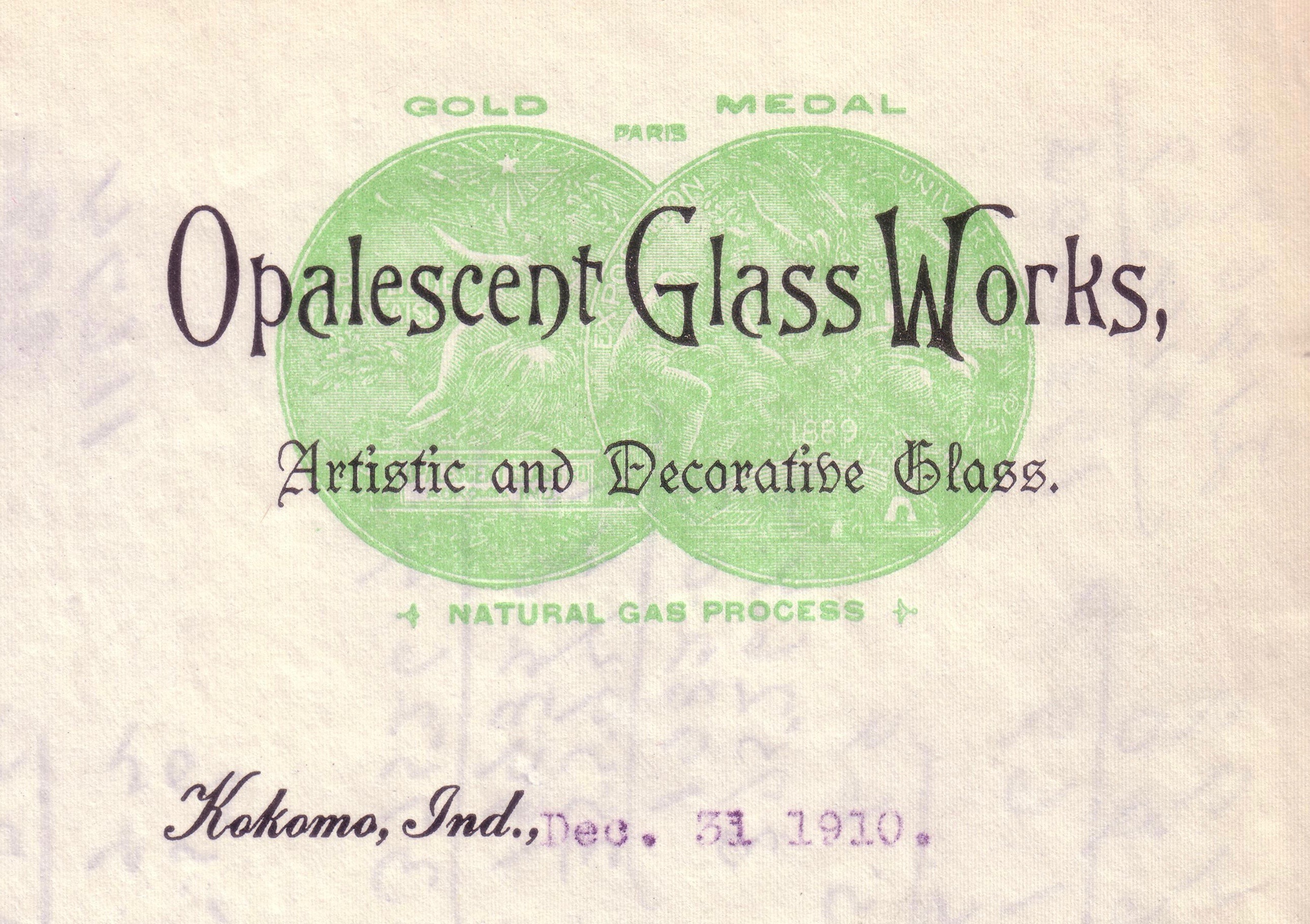
Henry’s problems started upon his return from France. The original bill of $3,800 for the construction of the factory, along with his trip to France, went unpaid. On January 10, 1890 the builder of the factory filed a lien for the amount of the unpaid balance. In a futile attempt to retain control, on January 29, 1890, Henry sold the factory to the manager for $1.00. Three days later he married the daughter of the manager in a wedding celebration that was held at the factory and was described as a gala affair.
On March 11, 1890, Opalescent Glass Works went into receivership due to unpaid bills. In the April 24, 1890 edition of the Kokomo Dispatch it was reported that Henry was jailed due to violent behavior. The article also pointed out that Henry had developed a drinking problem and it was around this time that he also started writing bad checks. On April 28, 1890, Charles Edward Henry was admitted to the Indianapolis Insane Asylum. He died there two years later at the age of 46.



NEW BEGINNINGS
Opalescent Glass Works continued to be operated under the court receivership. In June 1891, the court started the process of selling the business. Three local businessmen, Peter Hoss, William Blacklidge, and John Learner purchased Opalescent Glass Works for $5,310. These three partners were instrumental to KOG’s early development, and their direct descendants were closely involved in managing the company for the years to come. On January 13, 1912, the name was changed to Kokomo Opalescent Glass Co.
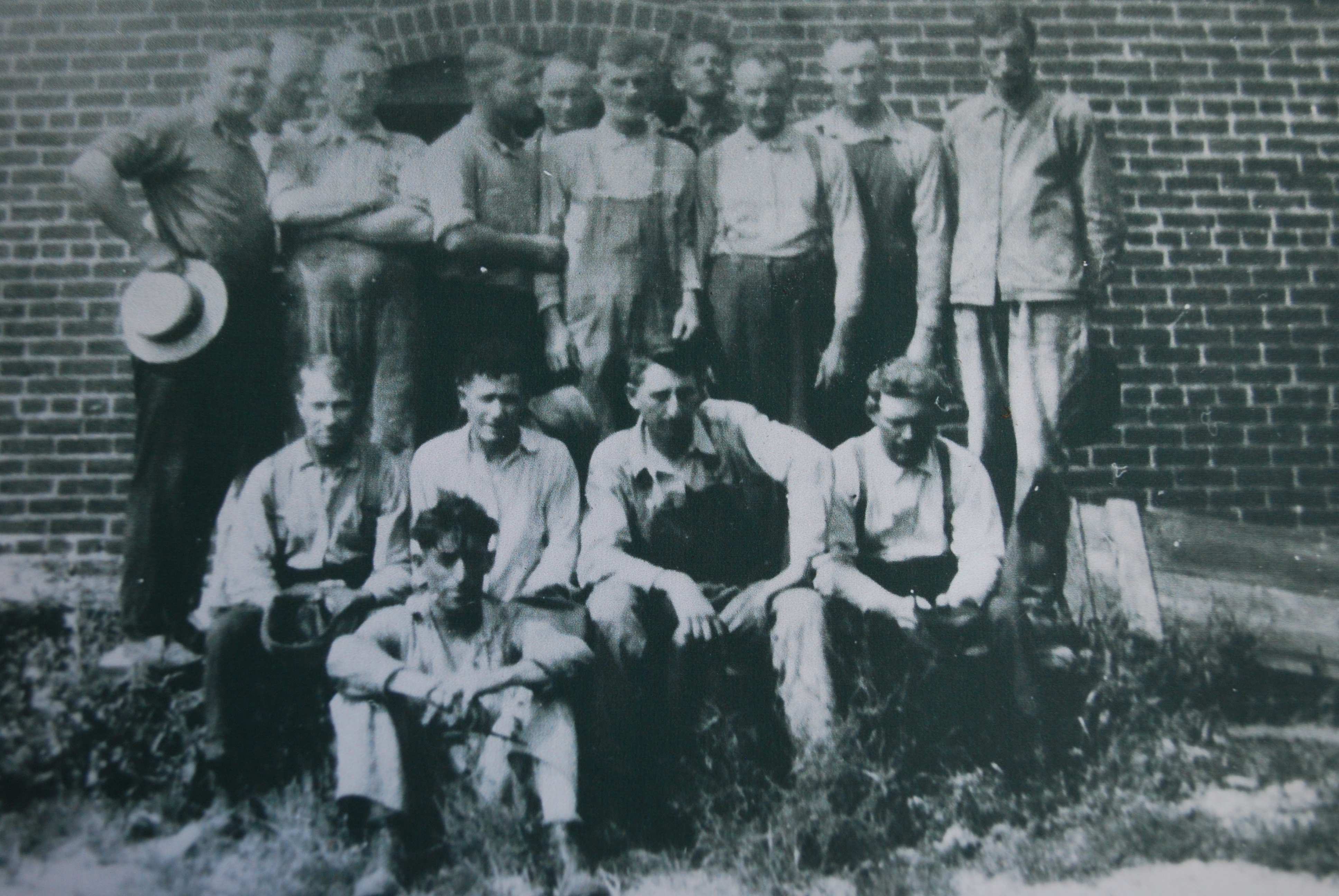
THE TIFFANY CONNECTION
Over the years KOG developed a reputation for product uniqueness, quality and customer satisfaction that was unsurpassed in the stained glass trade. Industry giants such as Louis Comfort Tiffany, J&R Lamb and La Farge are among the prominent names that appear on the company’s early sales ledger. Tiffany preferred the imperfections found in opalescent glass, because up to this point, only transparent cathedral art glass was available on the market. He used a variety of colors and textures of our opalescent glass to create the unique styles he was known for. Tiffany continued to be one of the largest customers until the mid 1890’s. In 1893 alone, he purchased over 10,000 pounds of glass from Opalescent Glass Works.

KOG specializes in this unique new American style of glass – opalescent. Many works of Tiffany’s were created with it, and today we produce reproductions of the original recipes on the original tables used to produce the glass for Tiffany. The company continues to be the main source for glass for Tiffany reproductions and restorations. Tiffany also used a considerable amount of pressed glass jewels, which Kokomo Opalescent Glass continues to produce.
